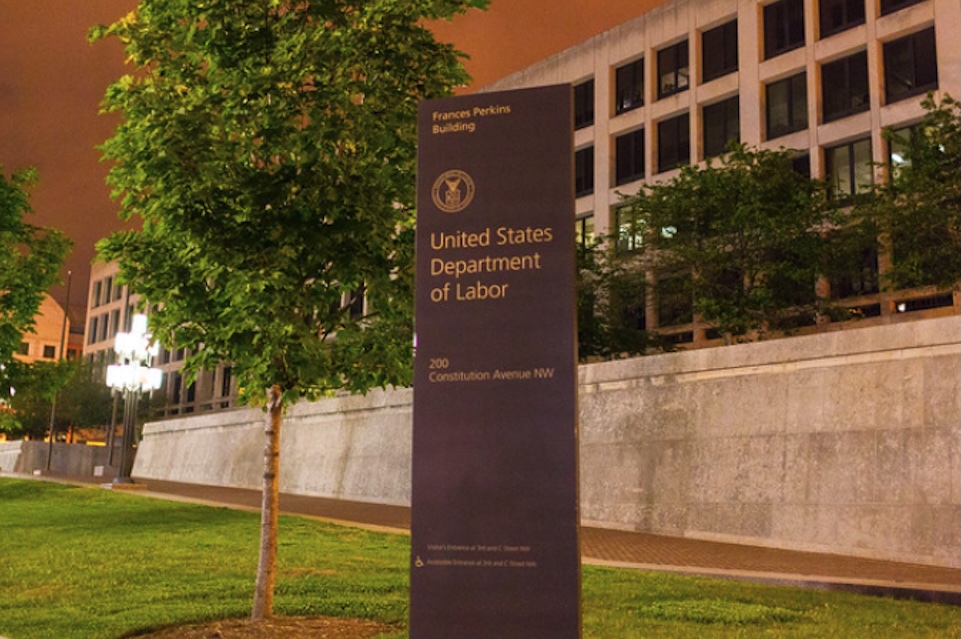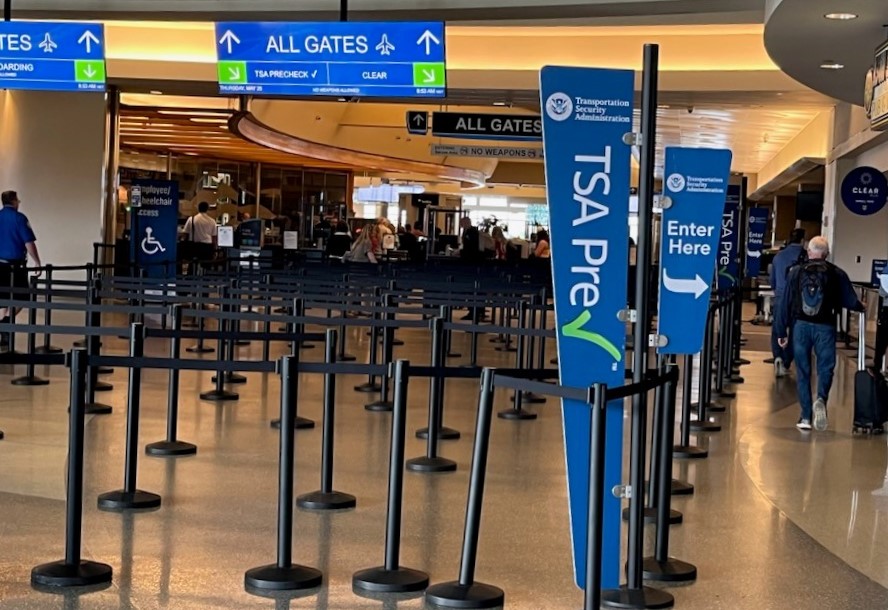From Golden Opportunity to National Burden: The Shift in Higher Education in America
PRAY FIRST for our nation’s leaders to make wise decisions regarding the educational system and the current financial burdens on students and families.
For the Lord gives wisdom; from his mouth come knowledge and understanding. Proverbs 2:6
Having a degree was once touted as a ticket to success and seen as a crucial step towards achieving career and life goals. Several generations of parents in the United States have pursued the goal of getting their child into prestigious colleges and obtaining degrees as it would give their child the greatest opportunity for success. When did this cultural shift begin, and does it hold up today?
Let’s put this in historical context. The GI Bill of 1944 was a major turning point in our country as it provided veterans with funding for college education, leading to a surge in college enrollments and the idea that higher education was essential for economic success. Then, in 1965, President Lyndon B. Johnson signed the Higher Education Act (HEA), a landmark piece of legislation focused on strengthening the educational resources of colleges and universities and providing financial assistance to students. This initiative provided free tuition to students from low-income backgrounds, with the goal of creating a more equitable society by enabling upward mobility through education.
Finally, in the 1980’s, there was an economic shift towards a knowledge-based economy which further emphasized the importance of a college degree. Plus, there was a rising demand for skilled labor and the increasing complexity of jobs made higher education more critical for career success.
The Rising Costs
With the increased demand in the work force, colleges and universities started to increase tuition fees at unprecedented rates. This was partly due to institutions competing for students by improving the quality of education and campus facilities rather than lowering prices. During the 1970s and 1980s, average tuition at public state colleges ranged from $1,000–$2,000 annually (adjusted for inflation). Today, the average cost at public universities has risen to over $10,000 annually for in-state students and significantly higher for out-of-state students. These rising costs have not only outpaced inflation but have been compounded by the growing cost of living.
Currently, the average student loan debt in the U.S. exceeds $37,000 per borrower, a figure that has risen sharply since the early 1970s. Loan interest rates, though regulated, often leave borrowers in long-term repayment cycles that can stretch decades. The shift in societal expectations—favoring a bachelor’s degree over trade qualifications for entry-level jobs—has further heightened this trend. Trade schools and apprenticeships, once cornerstones of the American workforce, are now overshadowed by the pervasive cultural push toward four-year universities.
This change began in earnest during the late 20th century as industries became more specialized, requiring advanced degrees for career advancement. However, the financial burden of attending college has left many young adults struggling to buy homes, start families, or save for retirement.
Government Role and Spending
The U.S. federal government spends over $79 billion annually on higher education, funding initiatives like Pell Grants and federal loan programs. Despite this, education funding ranks behind healthcare, defense, and Social Security in federal priorities. The Department of Education oversees policies affecting loan interest rates, forgiveness programs, and financial aid distribution, but congressional decisions often dictate the level of funding available for such initiatives.
Government policies have a direct impact on borrowers. For instance, fluctuating interest rates on federal loans can either ease or worsen the repayment burden for millions. Additionally, debates around loan forgiveness programs—such as the proposed cancellation of $10,000 in student debt per borrower—highlight tensions between fiscal responsibility and social equity.
Proponents of student loan forgiveness argue that it would alleviate financial strain, stimulate the economy, and enable borrowers to invest in their futures. Critics contend that widespread forgiveness sets a precedent of fiscal irresponsibility and unfairly benefits those who chose college over other career paths. From an economic perspective, forgiving student debt could boost consumer spending and reduce defaults. Nevertheless, it could also strain federal budgets and potentially lead to higher taxes.
The ripple effects of rising tuition and student debt extend beyond individual borrowers. Many young adults delay life milestones—like purchasing homes, starting families, or launching businesses—due to financial constraints. These delays can have long-term consequences for America, including slowing economic growth, lower birth rates resulting in a reduced workforce, less generational wealth accumulation, and less competition in markets.
Communities also feel the impact. Rising education costs exacerbate inequality, making higher education less accessible to low-income families. Underserved and under-resourced populations can disproportionately bear the burden of student loan debt, perpetuating cycles of poverty.
Are There Solutions?
Compared to the mid-20th century, college today is significantly more expensive—even when adjusted for inflation. Factors such as heavily increased administrative costs, declining state funding, and the rise of for-profit universities contribute to this trend.
Potential reforms could include:
Expanding income-driven repayment plans
-1. Streamlined online degree programs
-2. Increasing funding for community colleges and trade schools
-3. Reducing administrative costs through transparency initiatives
Why It Matters and How We Can Respond
The rising cost of college tuition and the burden of student loans present significant challenges for individuals, families, and society. By understanding the history, implications, and potential solutions, we can advocate reforms that prioritize affordability and opportunity. As Believers, our response must be rooted in compassion, integrity, and a commitment to serving others—ensuring that opportunities for learning and growth are accessible to all.
This issue of education affordability is deeply tied to principles of stewardship and compassion. Proverbs 22:9 reminds us, “Whoever has a bountiful eye will be blessed, for he shares his bread with the poor.”
Education is a powerful tool for breaking cycles of poverty and caring for each other through wisdom and understanding. Galatians 6:10 reminds us, “So then, as we have opportunity, let us do good to everyone, and especially to those who are of the household of faith.” Supporting access to education reflects the biblical call to do good by creating systems that enable us to love God with all our hearts, minds and souls, and to love each other as we love ourselves.
HOW THEN SHOULD WE PRAY:
— Pray for all who are in our nation to have the compassion to support initiatives that promote fairness and accessibility in education. Truly, I say to you, as you did it to one of the least of these my brothers, you did it to me. Matthew 25:40
— Pray for us to model stewardship by using our resources wisely to assist students and families in need as others have helped us. Bear one another’s burdens, and so fulfill the law of Christ. Galatians 6:2
CONSIDER THESE ITEMS FOR PRAYER:
- Pray for God to direct the president, Congress, and other federal agencies as they look for ways to address the rising cost of education in America.
- Pray for innovative and effective reforms in the education system.
- Pray for strength and provision for students and families in need.
- Pray for God’s guidance for us as a society to work together across generations to create opportunities for all to access education.
Sources: U.S. Government Accountability Office, Pew Research Center, Council of Economic Advisers, College Board









